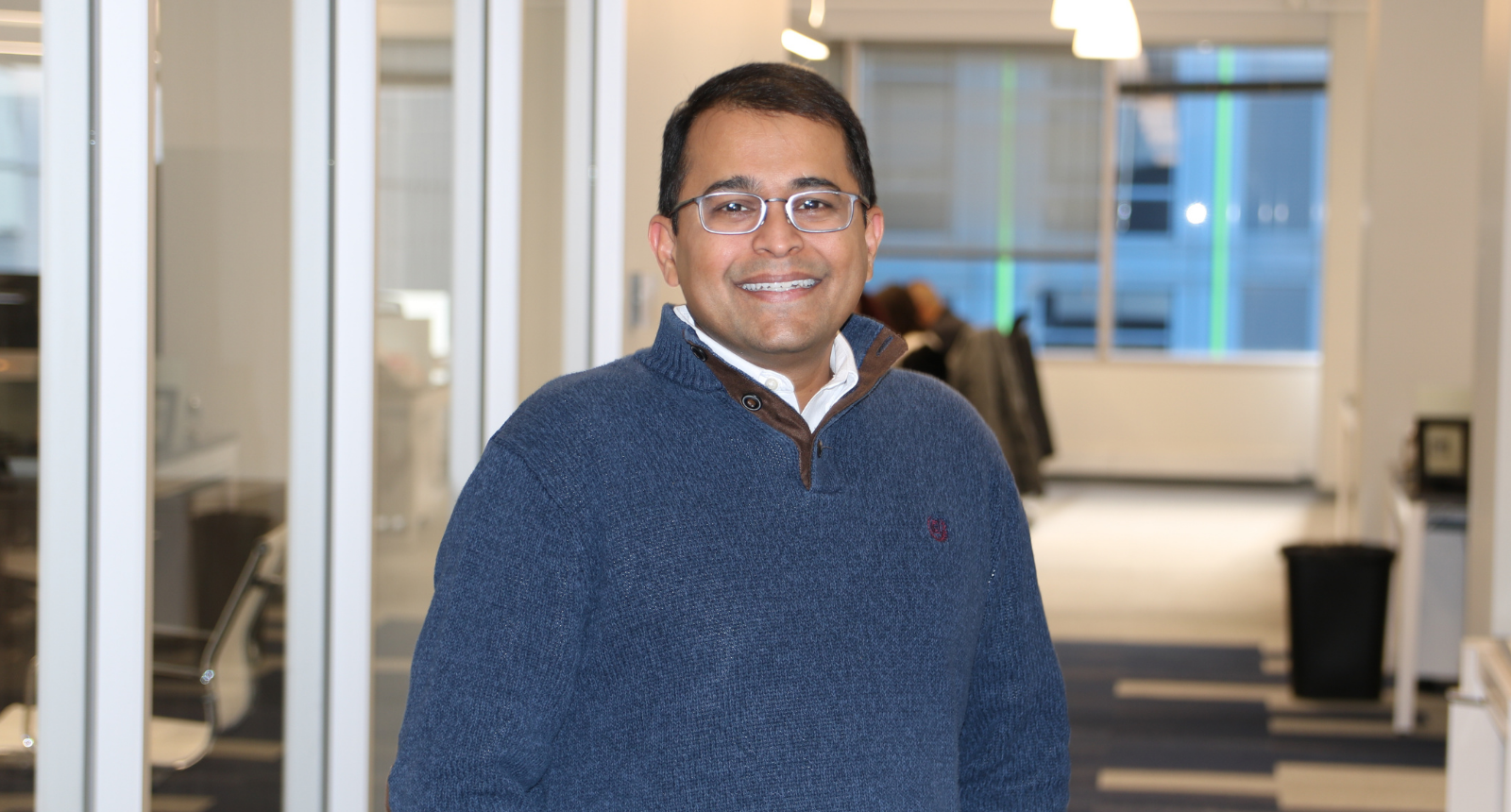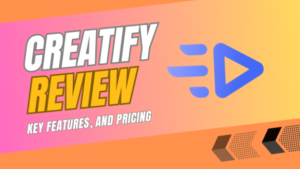
In this series, we’re talking with SEO decision-makers about the industry trends, lesser-known opportunities, and emerging technologies you should have on your radar.
We’ve heard from an enterprise crawler CEO recently on the greatest analytics challenges facing SEO pros right now.
This CMO in the conversation intelligence space gave us the run-down on how AI is changing the game in call tracking and what this could mean for marketing strategies this year.
And this local SEO agency owner shared some excellent SEO career-building advice, as well as the local trends we need to watch for through 2022.
Today, we’re talking with Mitul Gandhi, the CEO and Chief Architect at enterprise SEO platform seoClarity. You can learn more about its features and capabilities in this chapter of our Enterprise SEO Guide.
In this Q&A, Gandhi shares tips and advice for SEO decision-makers on the most underutilized SERP features you could be targeting, how to break free of “content chaos,” incorporating the concepts of E-A-T in content, and what he’s learned in building an SEO tool brand.
3 Top SERP Features For Increasing Visibility
Miranda Miller: “Talk to us about SERP features. What are some of the lesser-utilized opportunities you think enterprise organizations should be making better use of/optimizing for?”
Mitul Gandhi: “Most of us think about SERP features as a dozen or so features we come across day to day – news, images, local listings, etc.
In reality, when we look across our data set of 330+ million keywords globally, our team has identified over 1,200 different SERP features and styles!
There is a reason Google has so aggressively pursued a richer SERP – it is what the end users want and respond to based on their search intent.
In our data, we identified the following as the top three SERP features and low-hanging opportunities:
Typically, being included in the top three listings that have any of the above SERP features can lead to inclusion in the SERP feature embedded in Google results, providing 20x greater impressions.
There is a tremendous amount of visibility located in the above three features alone to make them worthwhile to focus on.”
Breaking Free Of “Content Chaos”
Miranda Miller: “I’ve seen seoClarity talk about ‘content chaos’ in the past. What does that look like and how can marketing organizations break free of it?”
Mitul Gandhi: “There is a lot written and talked about when it comes to content marketing. Everyone talks about generating ‘quality’ content but no one really defines what that is.
This has lead to something we call ‘content chaos.’
It’s a situation where companies are jumping in to do content marketing but equating that to simply writing lots and lots of content, and seeing what sticks.
What’s wrong with this approach, you ask?
It’s simply an incredible waste of valuable time, talent, and money to produce content no one wants to read.
At a large scale, pretty much anything may ‘seem’ to work, but it is rarely sustainable.
We see intelligent content marketing as based on a deeper understanding of searcher intent and focused on solving the underlying need.
This takes time, research, and deep understanding of marketplaces – areas that most businesses struggle to invest in.
Advancements in AI and NLP have allowed us to help peel back the layers of what ‘quality’ content means and guide writers to write their best by distilling everything that is known about a topic and surfacing key facts, entities, and reference points.”
Can Brands Mimic E-A-T Qualities In Content?
Miranda Miller: “What tips do you have for marketing and SEO leadership looking to incorporate the principles of E-A-T in content creation at scale?”
Mitul Gandhi: “We need to keep in mind what E-A-T really is.
Google spokespeople have been quite clear that it is not a ranking factor.
At times they’ve been quite specific, saying, for example, that just adding an expert author byline to your content will not affect your ranking.
E-A-T (Expertise, Authority, and Trustworthiness) are actually concepts taught to Google’s Search Quality Raters who evaluate sample search results to evaluate how well Google’s algorithms are achieving Google’s goals for its users.
So, the reality is that while Google doesn’t (and probably can’t) rate pages on how much E-A-T they have, pages that exemplify those ideals are what they hope the actual factors in their algorithms end up ranking.
How are we to apply that?
We built our platform around the three basic areas that we know do impact SEO performance: Usability, Relevance, and Authority.
You might say that U-R-A is our E-A-T. The difference is that we can quantify the aspects of U-R-A in ways that are actually meaningful and actionable for SEO.
Here’s what we display in our platform and teach our clients to prioritize:
- Usability: Provide the best possible user experience for both humans and search engines by implementing best practices for on-page technical SEO health.
- Relevance: Create content that is hyper-focused on what visitors want to see, in terms of usefulness, accuracy, and intent.
- Authority: Attract links from sources Google and users trust and build relevant internal links within your site.
Our years of experience and testing with thousands of enterprise sites have proven to us that focusing on those areas produces the kinds of sites Google is looking for in valuing E-A-T.”
Charting Your Course In SEO Leadership
Miranda Miller: “If you could go back in time and share two to three pieces of advice to help early-career Mitul avoid pitfalls and smooth the path to leadership in SEO, what would they be?”
Mitul Gandhi: “My company’s success has been driven by our obsessive focus on helping clients solve challenges and invest in the best technology and Client Success team to help them do so.
Our journey as an enterprise platform has not been without its struggles. There have been times when we doubted whether our methodical and focused approach was the right one.
And at times, we envied the splash and sizzle of competitors spending millions on large sales teams and big marketing while we were focused on the next improvement in our offering.
My advice to my early-career self would be to simply stay the course and have faith in the obsessive focus on customers and their challenges.
More than 90% of our new customers each year find us rather than us trying to go sell them – and that’s a testament to that approach.”
More resources:
Featured Image: Courtesy of Mitul Gandhi/seoClarity







